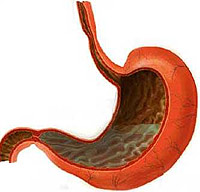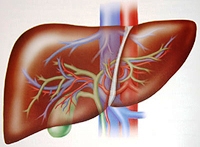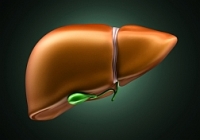What is hepatitis G? How to diagnose hepatitis G? How treatment is carried out by hepatitis G? Answers to these questions you will find in the article.
Content
Hepatitis G (VGG) is common everywhere. In Russia, the frequency of detection of the pathogen varies from 2% in Moscow to 8% in Yakutia.
By
figurative expression of English physicians, hepatitis G is the younger brother
Hepatitis C. Hepatitis G is transmitted in the same way as hepatitis C: through
blood. This disease is widespread among drug addicts. Available
Also, the sex path of infection and the transfer of the virus from the mother to the fetus.
Situations at which infection occurs most often:
 Transfusion
Transfusion
Donor blood. Worldwide on average 0,01-2% of donors are
carriers of hepatitis viruses, so currently donor blood
Before transfusion, the recipient is examined for hepatitis viruses.
The risk of infection rises in people who need repeat
blood transfusions or preparations.
- Using one needle
Different people have many times increases the risk of infection. It is very
Completed path of infection with hepatitis G for today.
- Viruses
can be transmitted during sexual contact, but the risk of transmission of the virus
Hepatitis G with sexual contact is considered minor.
- Way
infection from mother to child (doctors call it «vertical»).
Approximately half of the children born from mothers with the presence of RNA
Hepatitis G virus, also manages to identify this marker
infection.Risk rises if the woman has an active form of a virus or
In recent months, pregnancy suffered acute hepatitis. Probability
Fetal infection increases sharply if mother except hepatitis virus,
has HIV infection. With milk mother hepatitis virus is not transmitted.
- Hepatitis G viruses are transmitted when applying a tattoo, acupuncture, piercing by the ears by non-sterile needles.
In 40% of cases, the source of infection remains unknown.
By
Herpatitis G reminds Hepatitis with. However, for
It is not characteristic of hepatitis with the progression of infectious
Process with the development of cirrhosis and cancer.
As a rule, acute hepatitis G can flow in clinically pronounced and asymptomatic form.
Clinical manifestations of hepatitis G studied not enough.
Outcomes
acute forms of the disease can be: recovery, formation
Chronic hepatitis or prolonged virus carriage. Combination
with hepatitis C can lead to cirrhosis.
Hepatitis G, diagnosis and treatment
The main thing
Criteria for diagnosis are various clinical
And laboratory indicators: these are hepatitis viruses markers, changes
Biochemical blood indicators. To diagnose hepatitis G applies
method PCR (polymerase chain reaction), which allows you to reveal the RNA of the hepatitis G virus.
Treats of treatment:
- Reduce or eliminate liver inflammation to prevent hepatitis into cirrhosis.
- Reduce the amount or completely eliminate the virus from the body, in particular from the liver.
The basis
All treatment schemes is alpha interferon. The mechanism of action of this
The drug is to prevent infection of new cells
Liver (hepatocytes).
The use of interferon cannot
guarantee full recovery, however, it prevents development
cirrhosis or liver cancer. The effectiveness of treatment is significantly increased,
If interferon is used in combination with ribavirin. Positive
The action is achieved in 40-60% of cases.









